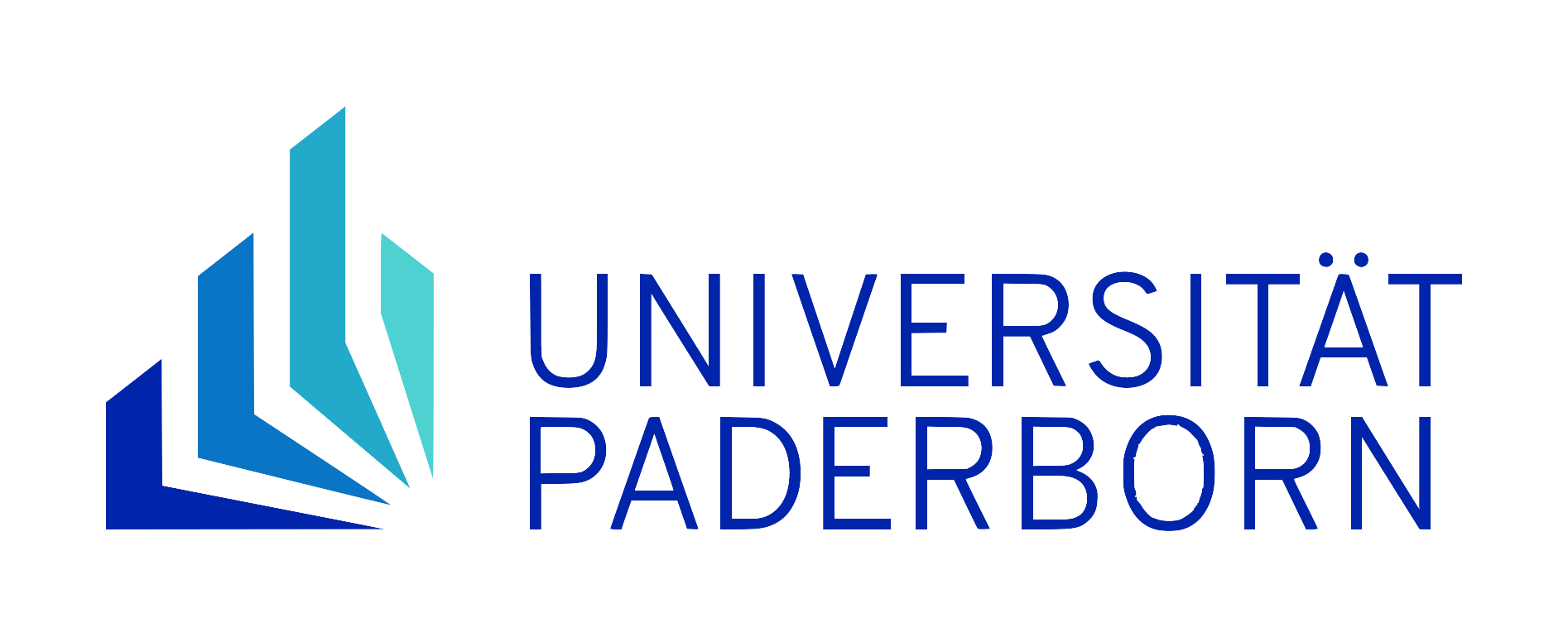Henze | Enzensberger
Image source
Basic data
- Time period:
- 5. October 1960–1. July 1988
- Correspondence partner:
- Enzensberger, Hans Magnus
- Henze, Hans Werner
- Salvatore Pascal, Gastón
- Editor(s):
- Capelle, Irmlind
Documents
“Wir müssen direkt aufpassen daß wir nicht in die Musikgeschichte eingehen. Ich möchte nämlich nicht eingehen.” (HME)
The Hans Werner Henze (1926-2012) and Hans Magnus Enzensberger (1929-2022) Correspondence
Basic information about the correspondence
The correspondence between Hans Werner Henze and Hans Magnus Enzensberger comprises 95 postal documents, of which Henze wrote 58 and Enzensberger 39, three were developed out of the correspondence and one was written jointly with others. In addition, 9 documents directly related to the correspondence have survived. The correspondence consists of letters, letter cards, postcards and telegrams from the years 1960 to 1988, with an emphasis on the period 1967 to 1975. Henze and Enzensberger wrote to each other in German, although their letters are interspersed with numerous passages in other languages (English, Italian, Spanish, French, Latin). Henze’s letters are preserved as part of the Hans Magnus Enzensberger estate in the German Literature Archive in Marbach, Enzensberger’s in the Hans Werner Henze Collection in the Paul Sacher Foundation in Basel.
Writing characteristics of the correspondence partners
In their correspondence, both authors switch from ‘normal’ upper and lower case to lower case throughout (even after endings of sentences) and to ‘English’ upper and lower case, in which names and places are capitalised, although there is no clear chronological development.
Enzensberger: Hans Magnus Enzensberger mainly uses a typewriter for his correspondence and then only inserts the signature and, if necessary, the date, as well as occasional corrections or additions by hand. He writes letters and postcards by hand. His handwriting is quite large, soft and without large descenders or ascenders.
Special features:
- The shape of the number 4 is like a printed 4 and can therefore occasionally be mistaken for a 9 in his handwriting.
- Dots in dates and after other numerals are often in the middle rather than at the bottom.
- The closing “dein mang” (your mang) [Note: Mang is Hans Magnus Enzensberger’s nickname] is often abbreviated to “deinm”, with the ‘m’ directly following the word ‘dein’. The short form ‘mang’ is often reduced in writing to ‘mng’ or even to ‘m’.
Henze: Hans Werner Henze almost exclusively wrote his letters by hand, as typewriters and their noise disturbed him 1, but typewritten letters - mostly of an official nature - have also come down to us from him. In the period of correspondence with Enzensberger, Henze’s typeface is almost similar to a printed script: many letters stand alone. The typeface itself is quite small, but the spaces between the words are large.
Collaborative projects and works that are mentioned in more greater detail in the correspondence
(The brackets denote the duration of the correspondence on this subject)
- German text zu Elegy for Young Lovers (1960)
- El Cimarrón (1968–1971)
- 2nd Violin Concerto (1971–1972)
- Voices (1969–1973)
- La Cubana (1968–1975)





